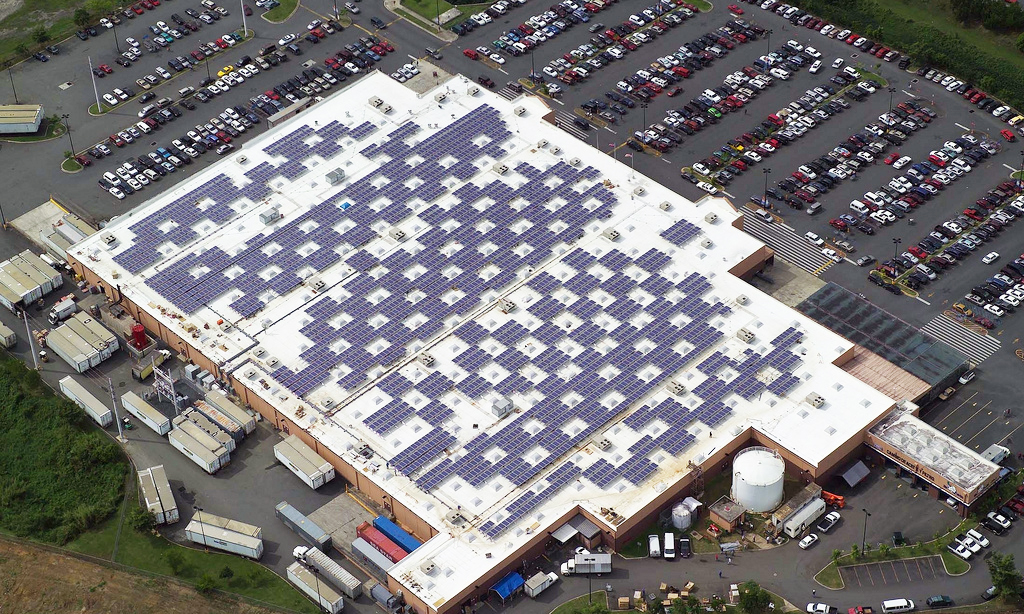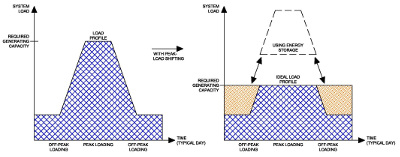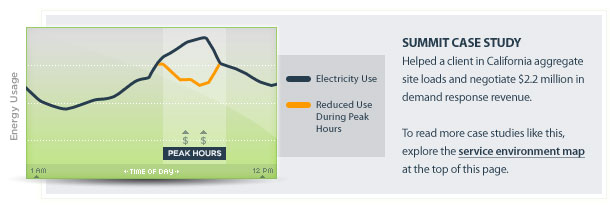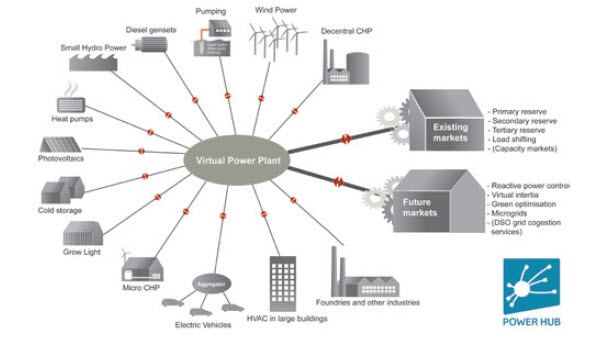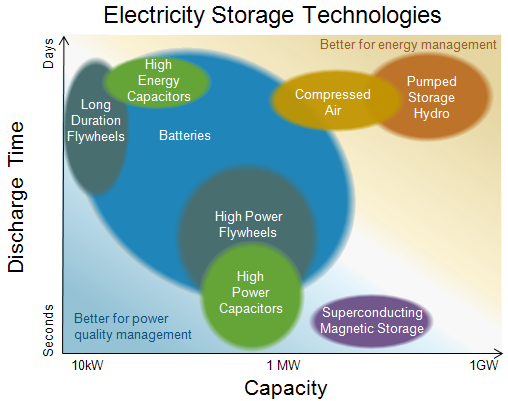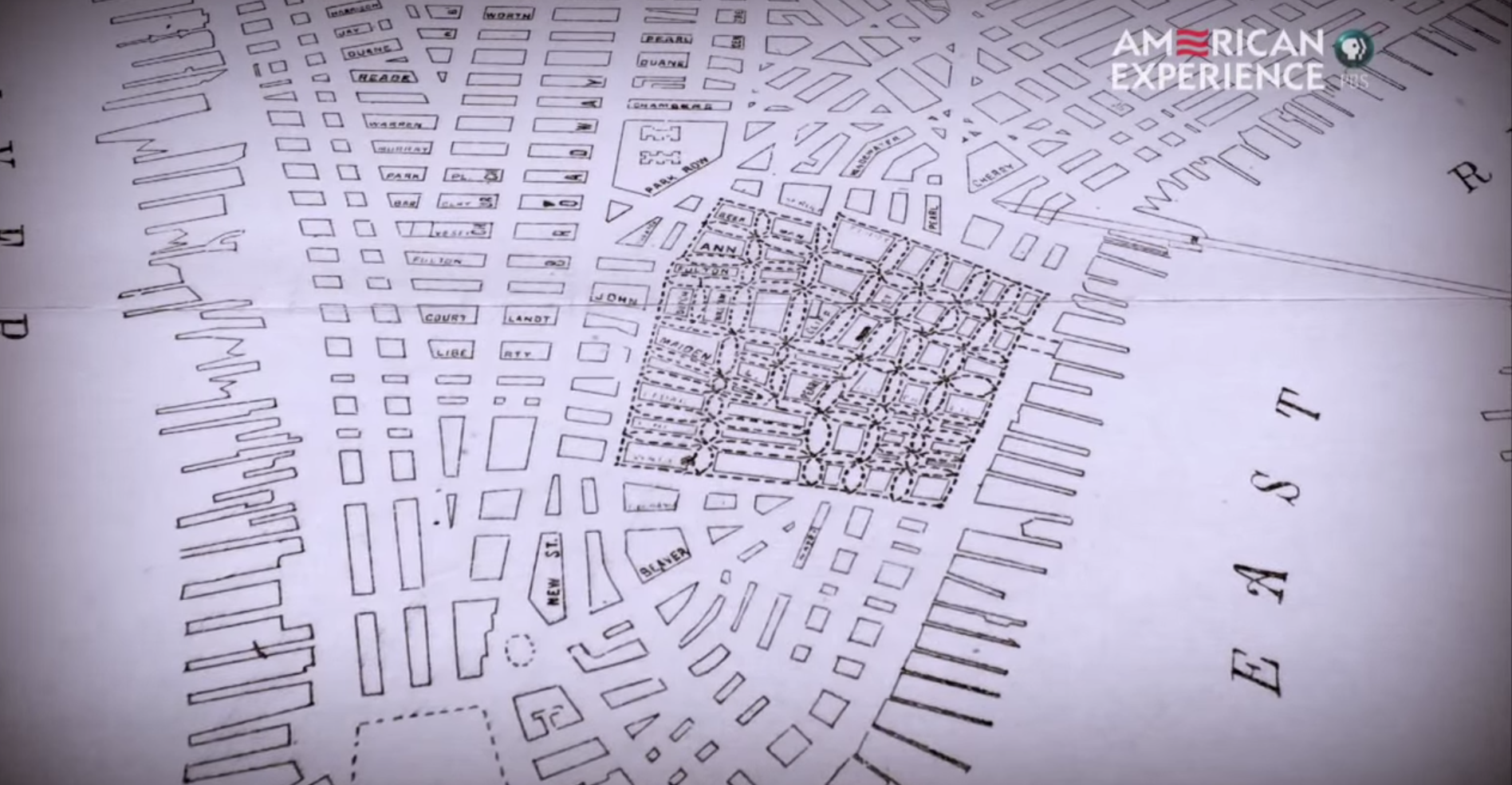
Figure 1: The original Edison DC microgrid in New York City, which started operation on September 4, 1882 (1)
A. Historical Development of Electric Power in the Metropolitan City
The development of electricity for commercial, municipal and industrial use developed at a frantic pace in the mid to late 1800’s and early 1900’s. The original distribution system consisted of copper wiring laid below the streets of New York’s east side. The first power plants and distribution systems were small compared to today’s interconnected grids which span nations and continents. These small “islands” of electrical power were the original microgrids. In time they grew to become the massive infrastructure which delivers us electrical power we have become dependent upon for the operation of our modern society.
1) Let There Be Light! – Invention of the Light Bulb
When electricity first came on the scene in the 1800’s it was a relatively unknown force. Distribution systems from a central plant were a new concept originally intended to provide electric power for the newly invented incandescent light bulb. Thomas Edison first developed a DC power electric grid to test out and prove his ideas in New York, at the Manhattan Pearl Street Station in the 1870’s. This first “microgrid” turned out to be a formidable undertaking.
[…] Edison’s great illumination took far longer to bring about than he expected, and the project was plagued with challenges. “It was massive, all of the problems he had to solve,” says writer Jill Jonnes, author of Empires of Light: Edison, Tesla, Westinghouse, and the Race to Electrify the World, to PBS. For instance, Edison had to do the dirty work of actually convincing city officials to let him use the Lower East Side as a testing ground, which would require digging up long stretches of street to install 80,000 feet insulated copper wiring below the surface.
He also had to design all of the hardware that would go into his first power grid, including switchboards, lamps, and even the actual meters used to charge specific amounts to specific buildings. That included even the six massive steam-powered generators—each weighing 30 tons—which Edison had created to serve this unprecedented new grid, according to IEEE. As PBS explains, Edison was responsible for figuring out all sorts of operational details of the project—including a “bank of 1,000 lamps for testing the system:” (1)
Although Edison was the first to develop a small DC electrical distribution system in a city, there was competition between DC and AC power system schemes in the early years of electrical grid development. At the same time, there were a hodge-podge of other power sources and distribution methods in the early days of modern city development.
In the 1880s, electricity competed with steam, hydraulics, and especially coal gas. Coal gas was first produced on customer’s premises but later evolved into gasification plants that enjoyed economies of scale. In the industrialized world, cities had networks of piped gas, used for lighting. But gas lamps produced poor light, wasted heat, made rooms hot and smoky, and gave off hydrogen and carbon monoxide. In the 1880s electric lighting soon became advantageous compared to gas lighting. (2)
2) Upward Growth – Elevators and Tall Buildings
Another innovation which had been developing at the same time as electrical production and distribution, was the elevator, a necessity for the development of tall buildings and eventually towers and skyscrapers . While there are ancient references to elevating devices and lifts, the original electric elevator was first introduced in Germany in 1880 by Werner von Siemens (3). It was necessary for upward growth in urban centers that a safe and efficient means of moving people and goods was vital for the development of tall buildings.
Later in the 1800s, with the advent of electricity, the electric motor was integrated into elevator technology by German inventor Werner von Siemens. With the motor mounted at the bottom of the cab, this design employed a gearing scheme to climb shaft walls fitted with racks. In 1887, an electric elevator was developed in Baltimore, using a revolving drum to wind the hoisting rope, but these drums could not practically be made large enough to store the long hoisting ropes that would be required by skyscrapers.
Motor technology and control methods evolved rapidly. In 1889 came the direct-connected geared electric elevator, allowing for the building of significantly taller structures. By 1903, this design had evolved into the gearless traction electric elevator, allowing hundred-plus story buildings to become possible and forever changing the urban landscape. Multi-speed motors replaced the original single-speed models to help with landing-leveling and smoother overall operation.
Electromagnet technology replaced manual rope-driven switching and braking. Push-button controls and various complex signal systems modernized the elevator even further. Safety improvements have been continual, including a notable development by Charles Otis, son of original “safety” inventor Elisha, that engaged the “safety” at any excessive speed, even if the hoisting rope remained intact. (4)

Figure 2: The Woolworth Building at 233 Broadway, Manhattan, New York City – The World’s Tallest Building, 1926 (5)
3) Hydroelectric A/C Power – Tesla, Westinghouse and Niagara Falls
Although Niagara Falls was not the first hydroelectric project it was by far the largest and from the massive power production capacity spawned a second Industrial Revolution.
“On September 30, 1882, the world’s first hydroelectric power plant began operation on the Fox River in Appleton, Wisconsin. […] Unlike Edison’s New York plant which used steam power to drive its generators, the Appleton plant used the natural energy of the Fox River. When the plant opened, it produced enough electricity to light Rogers’s home, the plant itself, and a nearby building. Hydroelectric power plants of today generate a lot more electricity. By the early 20th century, these plants produced a significant portion of the country’s electric energy. The cheap electricity provided by the plants spurred industrial growth in many regions of the country. To get even more power out of the flowing water, the government started building dams.” (6)

Figure 3: The interior of Power House No. 1 of the Niagara Falls Power Company (1895-1899) (7)

Figure 4: Adam’s power station with three Tesla AC generators at Niagara Falls, November 16, 1896. (7)
Electrical Transmission, Tesla and the Polyphase Motor
The problem of the best means of transmission, though, would be worked out not by the commission but in the natural course of things, which included great strides in the development of AC. In addition, the natural course of things included some special intervention from on high (that is, from Edison himself).
But above all, it involved Tesla, probably the only inventor ever who could be put in a class with Edison’s in terms of the number and significance of his innovations. The Croatian-born scientific mystic–he spoke of his insight into the mechanical principles of the motor as a kind of religious vision–had once worked for Edison. He had started out with the Edison Company in Paris, where his remarkable abilities were noticed by Edison’s business cohort and close friend Charles Batchelor, who encouraged Tesla to transfer to the Edison office in New York City, which he did in 1884. There Edison, too, became impressed with him after he successfully performed a number of challenging assignments. But when Tesla asked Edison to let him undertake research on AC–in particular on his concept for an AC motor–Edison rejected the idea. Not only wasn’t Edison interested in motors, he refused to have anything to do with the rival current.
So for the time being Tesla threw himself into work on DC. He told Edison he thought he could substantially improve the DC dynamo. Edison told him if he could, it would earn him a $50,000 bonus. This would have enabled Tesla to set up a laboratory of his own where he could have pursued his AC interests. By dint of extremely long hours and diligent effort, he came up with a set of some 24 designs for new equipment, which would eventually be used to replace Edison’s present equipment.
But he never found the promised $50,000 in his pay envelope. When he asked Edison about this matter, Edison told him he had been joking. “You don’t understand American humor,” he said. Deeply disappointed, Tesla quit his position with the Edison company, and with financial backers, started his own company, which enabled him to work on his AC ideas, among other obligations.
The motor Tesla patented in 1888 is known as the induction motor. It not only provided a serviceable motor for AC, but the induction motor had a distinct advantage over the DC motor. (About two-thirds of the motors in use today are induction motors.)
The idea of the induction motor is simplicity itself, based on the Faraday principle. And its simplicity is its advantage over the DC motor.
An electrical motor–whether DC or AC–is a generator in reverse. The generator operates by causing a conductor (armature) to move (rotate) in a magnetic field, producing a current in the armature. The motor operates by causing a current to flow in an armature in a magnetic field, producing rotation of the armature. A generator uses motion to produce electricity. A motor uses electricity to produce motion.
The DC motor uses commutators and brushes (a contact switching mechanism that opens and closes circuits) to change the direction of the current in the rotating armature, and thus sustain the direction of rotation and direction of current.
In the AC induction motor, the current supply to the armature is by induction from the magnetic field produced by the field current. The induction motor thus does away with the troublesome commutators and brushes (or any other contact switching mechanism). However, in the induction motor the armature wouldn’t turn except as a result of rotation of the magnetic field, which is achieved through the use of polyphase current. The different current phases function in tandem (analogous to pedals on a bicycle) to create differently oriented magnetic fields to propel the armature.
Westinghouse bought up the patents on the Tesla motors almost immediately and set to work trying to adapt them to the single-phase system then in use. This didn’t work. So he started developing a two-phase system. But in December 1890, because of the company’s financial straits–the company had incurred large liabilities through the purchase of a number of smaller companies, and had to temporarily cut back on research and development projects–Westinghouse stopped the work on polyphase. (8)
4) The Modern Centralized Electric Power System
After the innovative technologies which allowed expansion and growth within metropolitan centers were developed there was a race to establish large power plants and distribution systems from power sources to users. Alternating Current aka AC power was found to the preferred method of power transmission over copper wires from distant sources. Direct Current power transmission proved problematic over distances, generated resistance heat resulting in line power losses. (9)

Figure 5: New York City streets in 1890. Besides telegraph lines, multiple electric lines were required for each class of device requiring different voltages (11)
AC has a major advantage in that it is possible to transmit AC power as high voltage and convert it to low voltage to serve individual users.
From the late 1800s onward, a patchwork of AC and DC grids cropped up across the country, in direct competition with one another. Small systems were consolidated throughout the early 1900s, and local and state governments began cobbling together regulations and regulatory groups. However, even with regulations, some businessmen found ways to create elaborate and powerful monopolies. Public outrage at the subsequent costs came to a head during the Great Depression and sparked Federal regulations, as well as projects to provide electricity to rural areas, through the Tennessee Valley Authority and others.
By the 1930s regulated electric utilities became well-established, providing all three major aspects of electricity, the power plants, transmission lines, and distribution. This type of electricity system, a regulated monopoly, is called a vertically-integrated utility. Bigger transmission lines and more remote power plants were built, and transmission systems became significantly larger, crossing many miles of land and even state lines.
As electricity became more widespread, larger plants were constructed to provide more electricity, and bigger transmission lines were used to transmit electricity from farther away. In 1978 the Public Utilities Regulatory Policies Act was passed, making it possible for power plants owned by non-utilities to sell electricity too, opening the door to privatization.
By the 1990s, the Federal government was completely in support of opening access to the electricity grid to everyone, not only the vertically-integrated utilities. The vertically-integrated utilities didn’t want competition and found ways to prevent outsiders from using their transmission lines, so the government stepped in and created rules to force open access to the lines, and set the stage for Independent System Operators, not-for-profit entities that managed the transmission of electricity in different regions.
Today’s electricity grid – actually three separate grids – is extraordinarily complex as a result. From the very beginning of electricity in America, systems were varied and regionally-adapted, and it is no different today. Some states have their own independent electricity grid operators, like California and Texas. Other states are part of regional operators, like the Midwest Independent System Operator or the New England Independent System Operator. Not all regions use a system operator, and there are still municipalities that provide all aspects of electricity. (10)
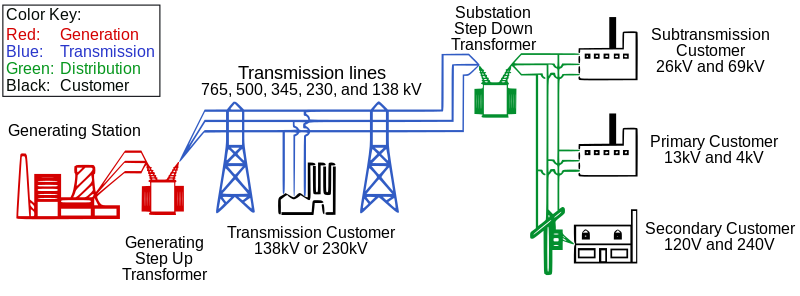
Figure 6: Diagram of a modern electric power system (11)
A Brief History of Electrical Transmission Development
The first transmission of three-phase alternating current using high voltage took place in 1891 during the international electricity exhibition in Frankfurt. A 15,000 V transmission line, approximately 175 km long, connected Lauffen on the Neckar and Frankfurt.[6][12]
Voltages used for electric power transmission increased throughout the 20th century. By 1914, fifty-five transmission systems each operating at more than 70,000 V were in service. The highest voltage then used was 150,000 V.[13] By allowing multiple generating plants to be interconnected over a wide area, electricity production cost was reduced. The most efficient available plants could be used to supply the varying loads during the day. Reliability was improved and capital investment cost was reduced, since stand-by generating capacity could be shared over many more customers and a wider geographic area. Remote and low-cost sources of energy, such as hydroelectric power or mine-mouth coal, could be exploited to lower energy production cost.[3][6]
The rapid industrialization in the 20th century made electrical transmission lines and grids a critical infrastructure item in most industrialized nations. The interconnection of local generation plants and small distribution networks was greatly spurred by the requirements of World War I, with large electrical generating plants built by governments to provide power to munitions factories. Later these generating plants were connected to supply civil loads through long-distance transmission. (11)
To be continued in Part 2: Distributed Generation and The Microgrid Revolution
References:
- The Forgotten Story Of NYC’s First Power Grid by Kelsey Campbell-Dollaghan
- The Electrical Grid – Wikipedia
- The History of the Elevator – Wikipedia
- Elevator History – Columbia Elevator
- The History of Elevators and Escalators – The Wonder Book Of Knowledge | by Henry Chase (1921)
- The World’s First Hydroelectric Power Station
- Tesla Memorial Society of New York Website
- The Day They Turned The Falls On: The Invention Of The Universal Electrical Power System by Jack Foran
- How electricity grew up? A brief history of the electrical grid
- The electricity grid: A history
- Electric power transmission



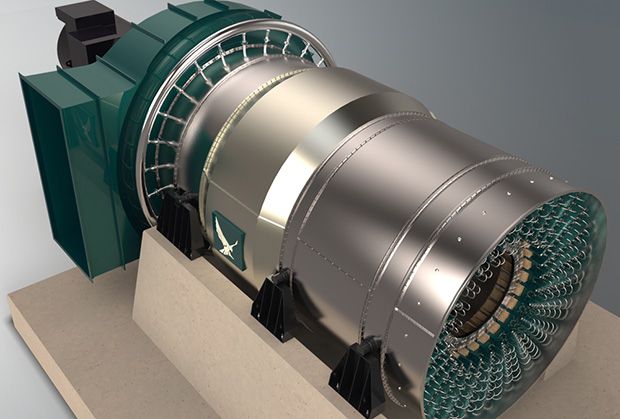











 Hybrid Electric Buildings are the latest in developments for packaged energy storage in buildings which offer several advantages including long-term operational cost savings. These buildings have the flexibility to combine several technologies and energy sources in with a large-scale integrated electric battery system to operate in a cost-effective manner.
Hybrid Electric Buildings are the latest in developments for packaged energy storage in buildings which offer several advantages including long-term operational cost savings. These buildings have the flexibility to combine several technologies and energy sources in with a large-scale integrated electric battery system to operate in a cost-effective manner.